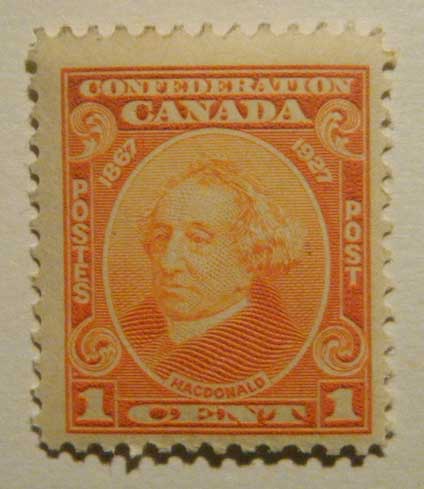What a Relief!
A question for all the adults reading today's story - how old were you when you 'discovered' the field that would end up being your career? I would guess that for most people, the answer would fall perhaps in their late teens or early twenties. Deciding what courses to take in high school, or selecting a program or school for university, forces us to think about that 'what do you want to do' question, and so it seemed for me too.
I 'met' music in high school, when I was pushed into the school band by a counsellor to fill an empty slot on my schedule, and for the next ten years or so, it seemed that music was to be my job, or so I thought. But it was not to be, and since about age 30, printmaking has been my main interest and sustenance. But the 'discovery' of printmaking actually took place back when I was 11 or 12 years old, although at the time I didn't recognize it as such.
I no longer remember just how I got started on the activity, but I developed an interest in prints at that age, and within a couple of years had built up quite a nice little collection. I had an after-school job delivering newspapers, and all the money I earned from it was immediately plowed into my collection. On the second floor above a local bank not far from our home there was a small shop selling prints, and every two weeks or so - each time my money from the paper route came through - I would climb the stairs to inspect the wares and see if there were any new additions to their stock that would catch my eye.
They had a great number of prints available, but I was extremely selective in my requirements. I only collected Canadian prints, because the quality was very high, and I restricted myself to only those prints that were known as 'pre-Elizabethan' issues, being produced before the accession of Queen Elizabeth in 1953. There was a very good reason for this. Sometime in the 1950s, Canadian prints of this type began to be produced by offset printing, and these items I found of no interest whatsoever. My eye was taken by the older type - the ones printed from engraved steel plates.
Eh? Not woodblocks? And Canadian prints? Not Japanese?
I think perhaps it's time to show you a photograph of one of the prints from my collection (which is still in careful storage here in my home, all these years later):

I'm sure you now recognize what I have been talking about, but I doubt that before now you have ever thought of these items as 'prints'. But that is indeed what they are, at least the ones produced in the 'old days'. Before the 'quick and easy' offset printing become the norm, postage stamps were generally produced with the far more labour intensive steel engraving process, and each one was a beautiful work of art, conceived as such, and executed as such.
The 11 year old David knew very little about the production process of the stamps he collected, and he was probably unable at that time to verbalize just what it was that he found so attractive in them, but looking back on it now, the answer is not hard to find. Those stamps clearly triggered the same response in him then that the Japanese prints do now - there is simply something about the effect of beautifully carved lines being embossed deeply into a rich paper that is somehow irresistible.
He didn't know it at age 11, but he had found his life's work - bringing that beauty to as many people as possible!
Story #357, October 28, 2012

